The Rise of Smart Glasses
As a representative of wearable devices, smart glasses are rapidly rising. Modern smart glasses integrate augmented reality (AR), virtual reality (VR), and artificial intelligence (AI) technologies, and can provide real-time information, navigation, voice assistant functions, as well as shooting and video recording. For example, the smart glasses launched by Ray-Ban in cooperation with Meta not only have a fashionable appearance but also allow users to easily obtain information in daily life. As consumers become more accepting of smart devices, smart glasses are expected to become an important tool in daily life, driving market demand growth.
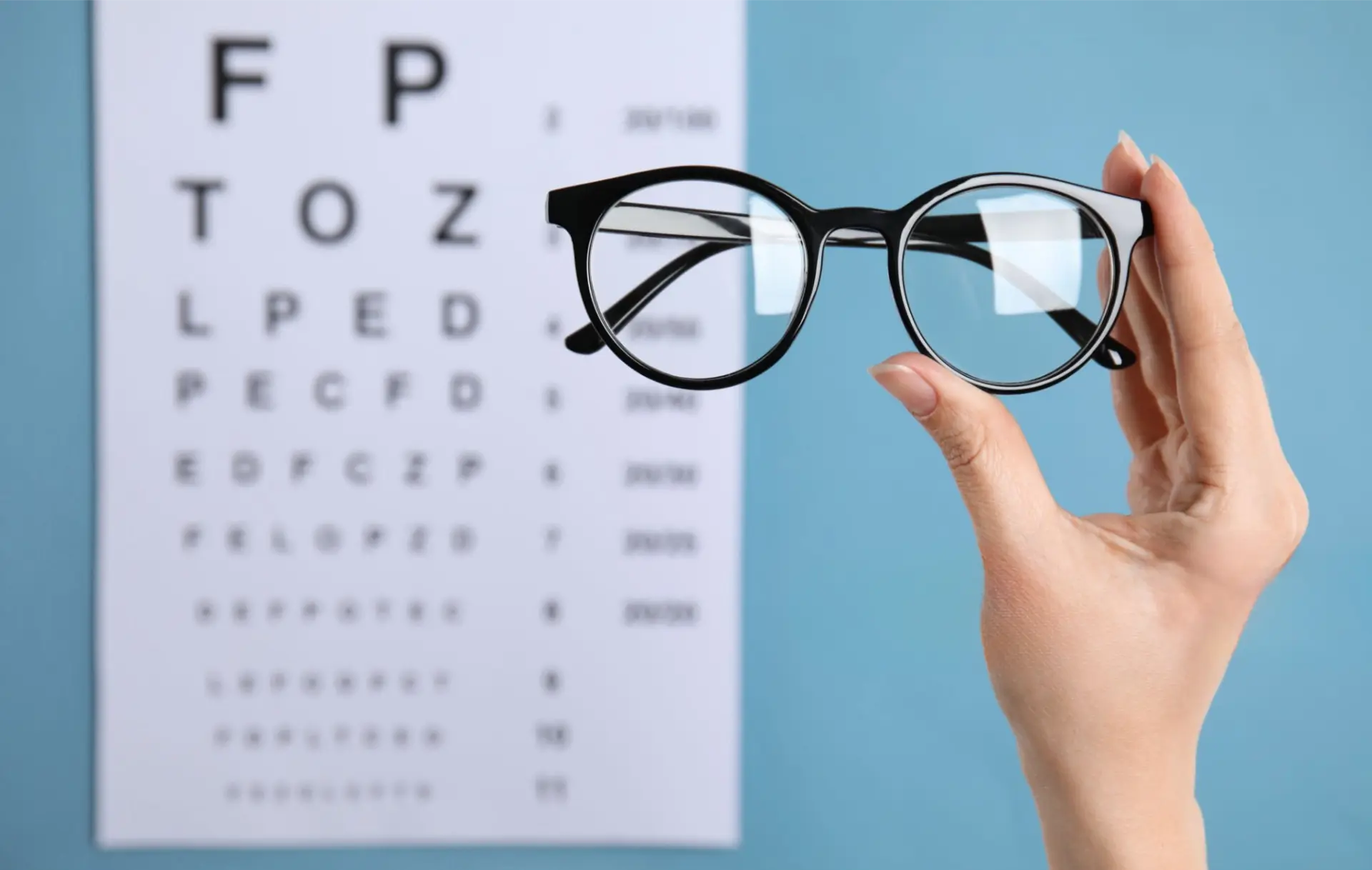
Advances in Lens Technology
Continuous innovation in lens technology has significantly improved the functionality and comfort of glasses. New anti-blue light lenses can effectively filter out harmful blue light emitted by electronic devices and reduce eye fatigue; progressive multifocal lenses help elderly consumers easily switch vision between different distances. In addition, photochromic lenses automatically adjust colors under different lighting conditions to enhance the visual experience. These technological advances not only meet the needs of different consumers but also provide wholesalers with a richer product line and enhance market competitiveness.

New Retail Model
The new retail model is changing the traditional way of selling glasses. The omni-channel strategy enables consumers to shop seamlessly on different platforms. For example, customers can try on glasses online and then buy them in-store or choose to order online and pick them up offline. This flexibility not only improves the shopping experience but also increases sales opportunities. In addition, some retailers also use data analysis to understand consumer preferences, thereby optimizing inventory management and marketing strategies.

Online and Offline Integration
The online and offline integration strategy enables consumers to enjoy a more convenient shopping experience. By integrating online platforms with physical stores, wholesalers can better meet consumer needs and improve sales efficiency. For example, some retailers provide online appointment optometry services through mobile applications, allowing customers to schedule time in advance, thereby reducing waiting time and improving satisfaction.
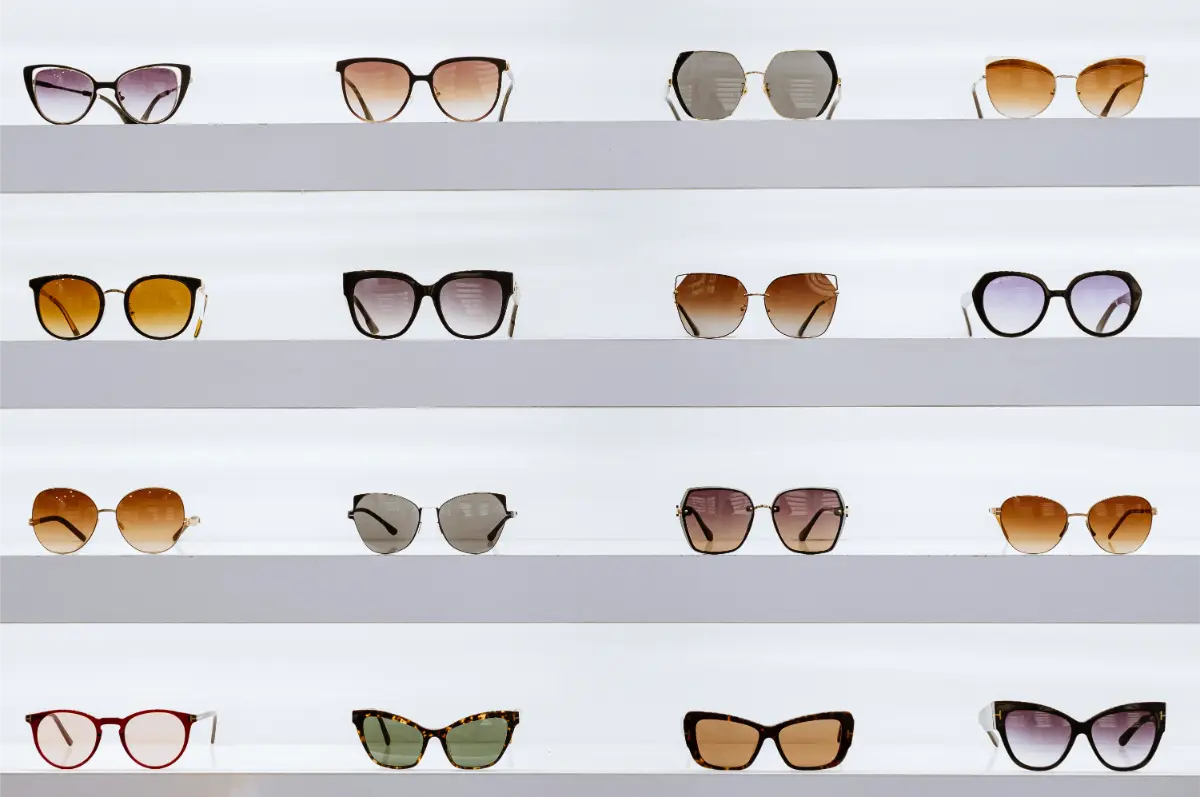
E-commerce and Live Streaming
E-commerce platforms and live streaming have become important channels for eyewear sales. Through short videos and live streaming, brands can interact directly with consumers, showcase product features, and conduct real-time promotions. This model not only increases brand exposure but also stimulates consumers’ desire to buy through limited-time offers. Especially among young consumers, live streaming is popular for its interactivity and entertainment. However, this model also faces the problem of unclear profit model, and merchants need to find a balance to ensure long-term sustainable development.
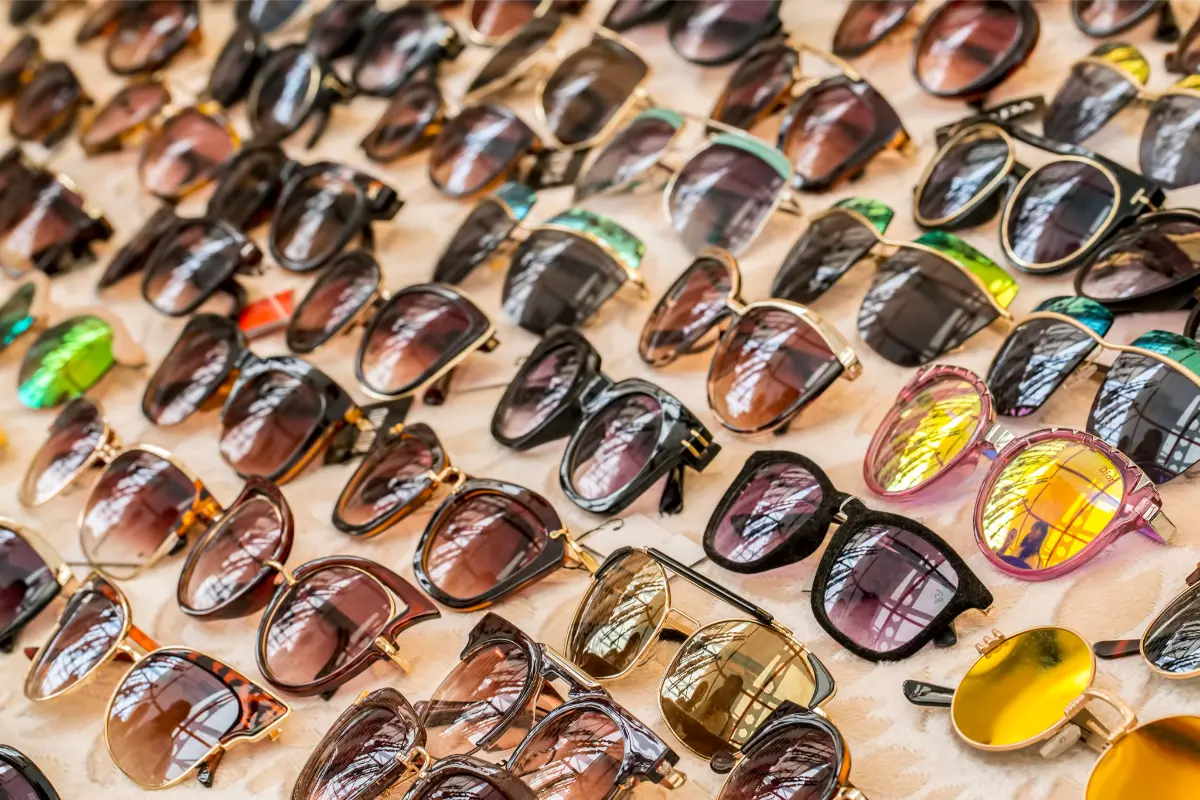
Sustainable Development
Increasing environmental awareness has prompted more and more eyewear brands to pay attention to sustainable development. The use of recyclable materials and environmentally friendly production processes has become the new standard in the industry. For example, some companies are developing bio-based polymers and other environmentally friendly materials to reduce the environmental impact of the production process. This not only meets consumers’ expectations for green products but also opens up new market opportunities for companies. In addition, some brands also promote the circular economy and improve their brand image through recycling projects for old glasses.
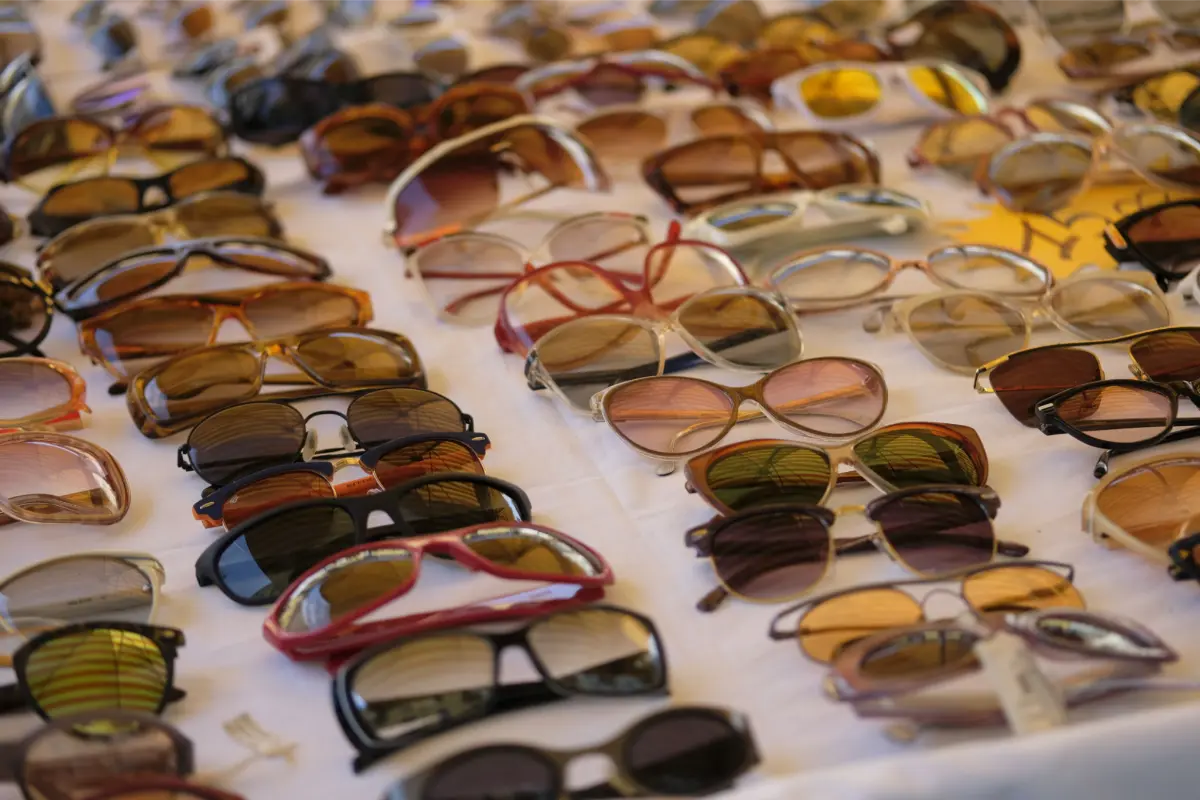
For more information on the eyewear market, visit Global Market Insights.
Explore our eyewear packaging logo customization, eyewear frames wholesale, sunglasses wholesale, prescription glasses wholesale, reading glasses wholesale, and blue light blocking glasses wholesale.






